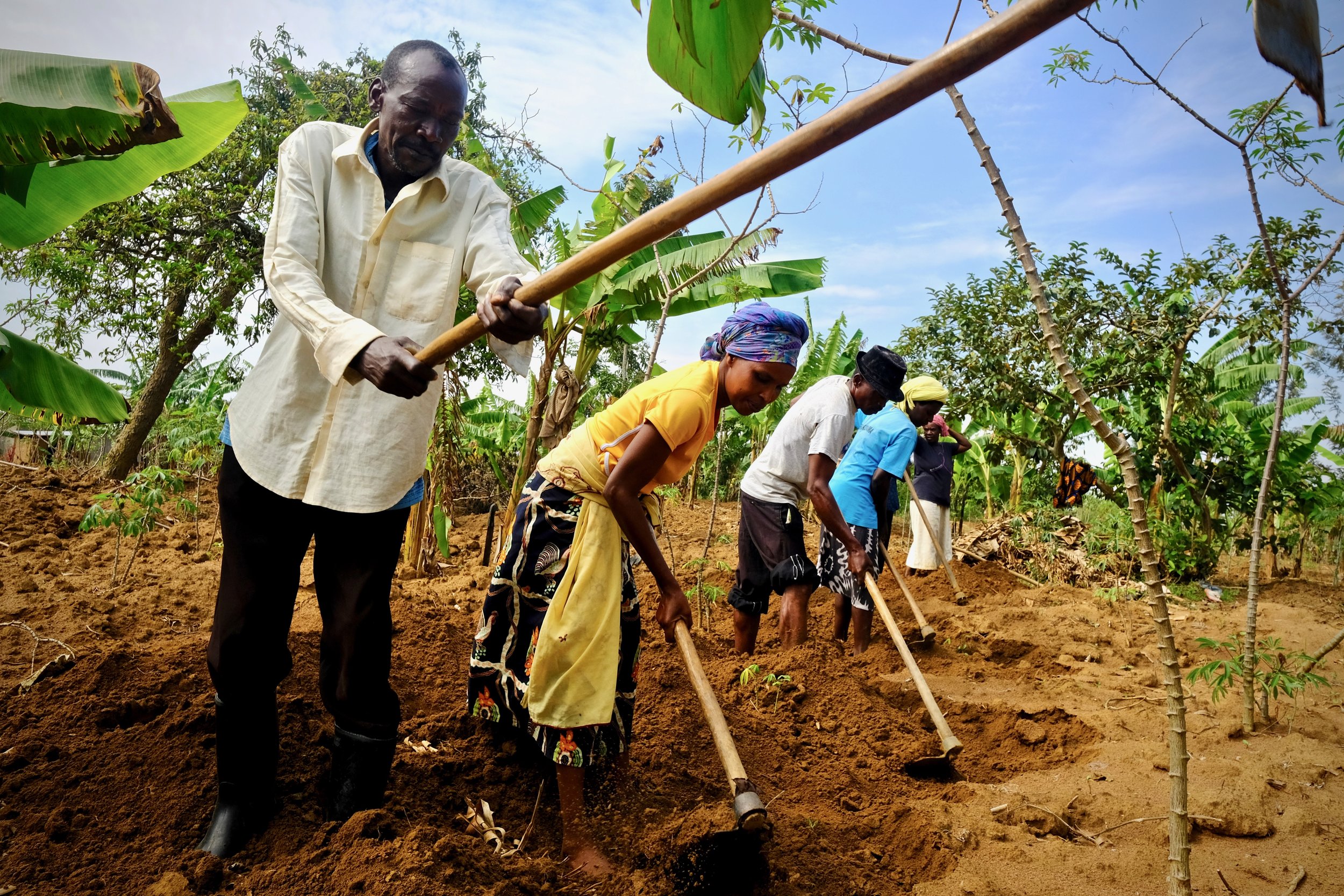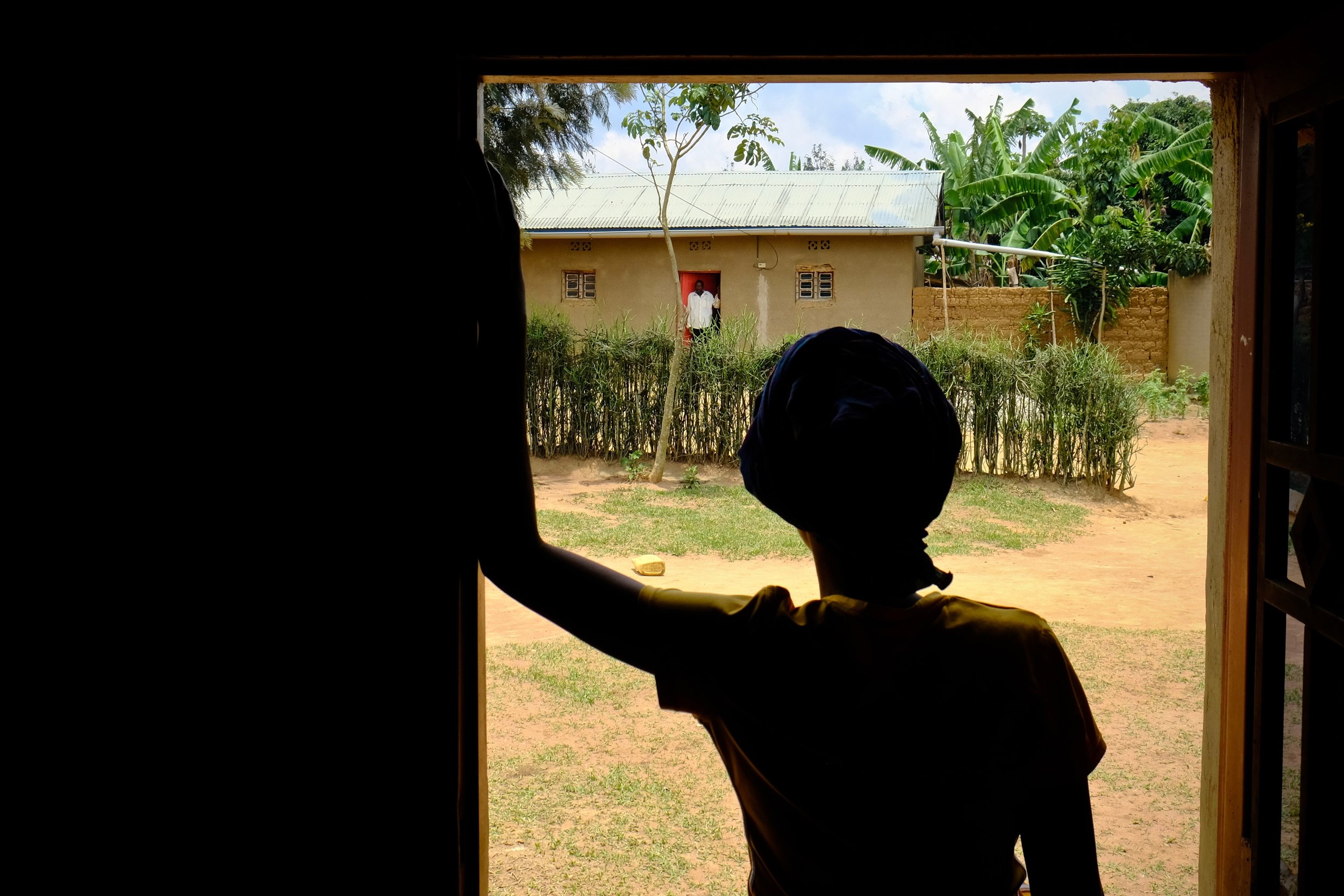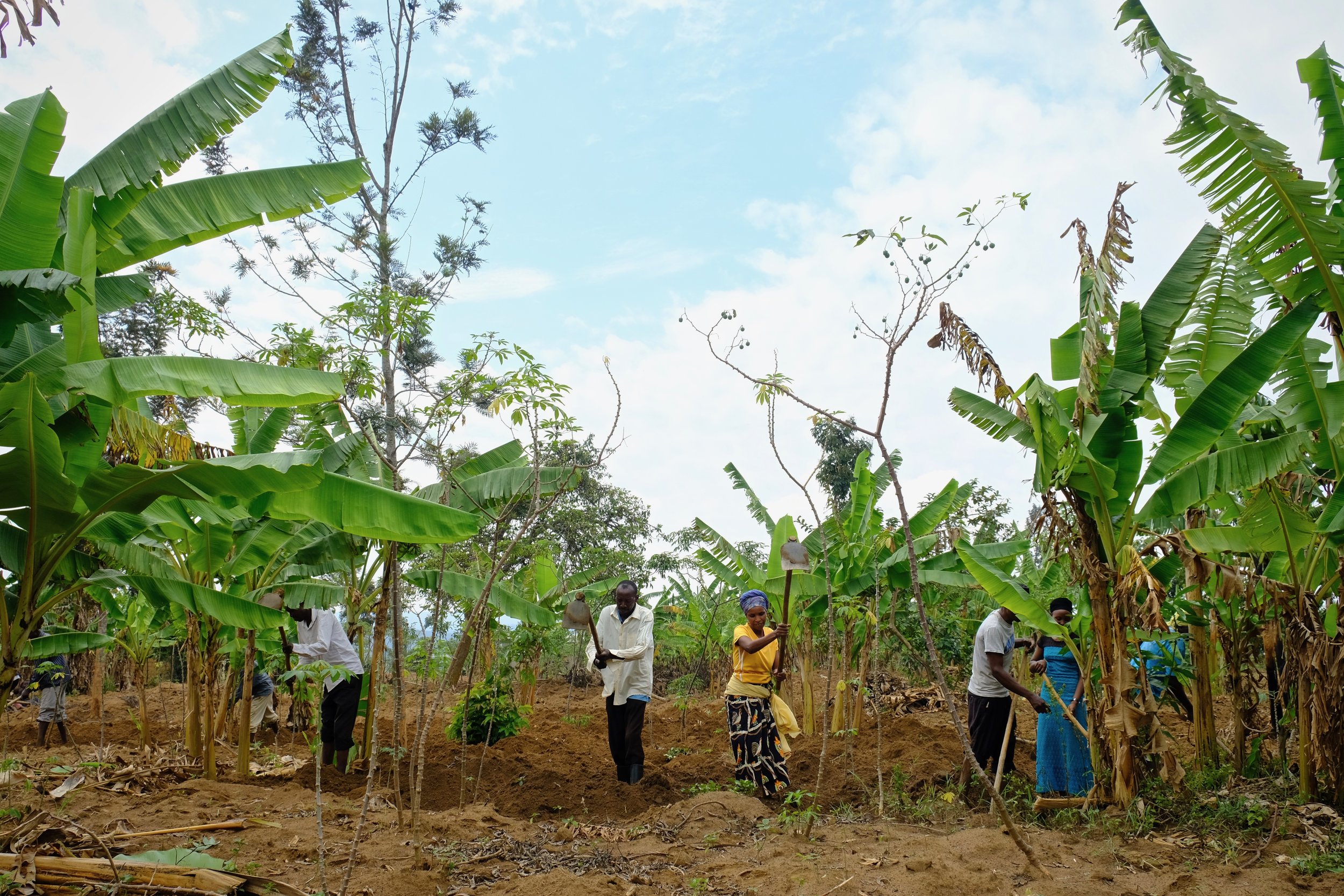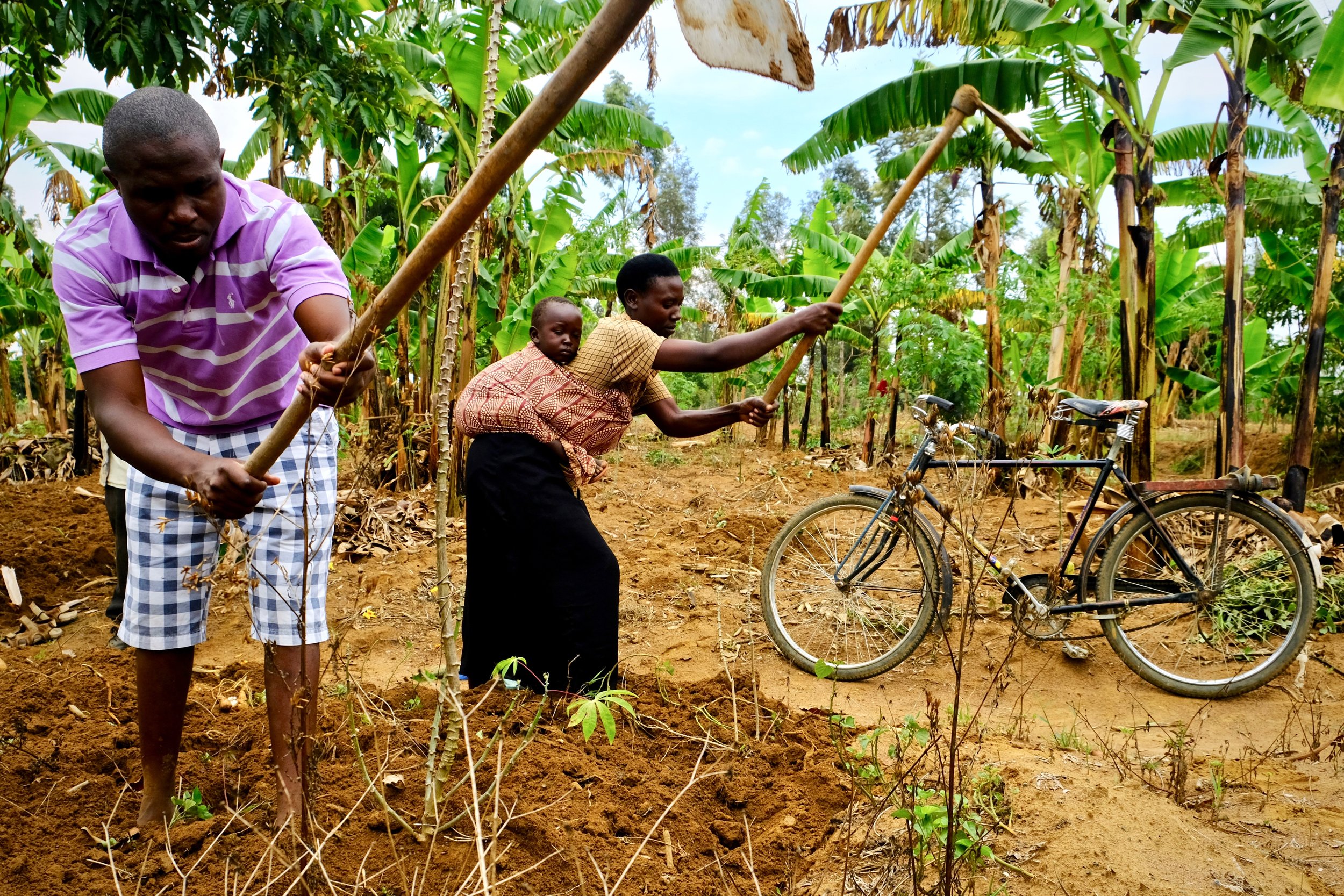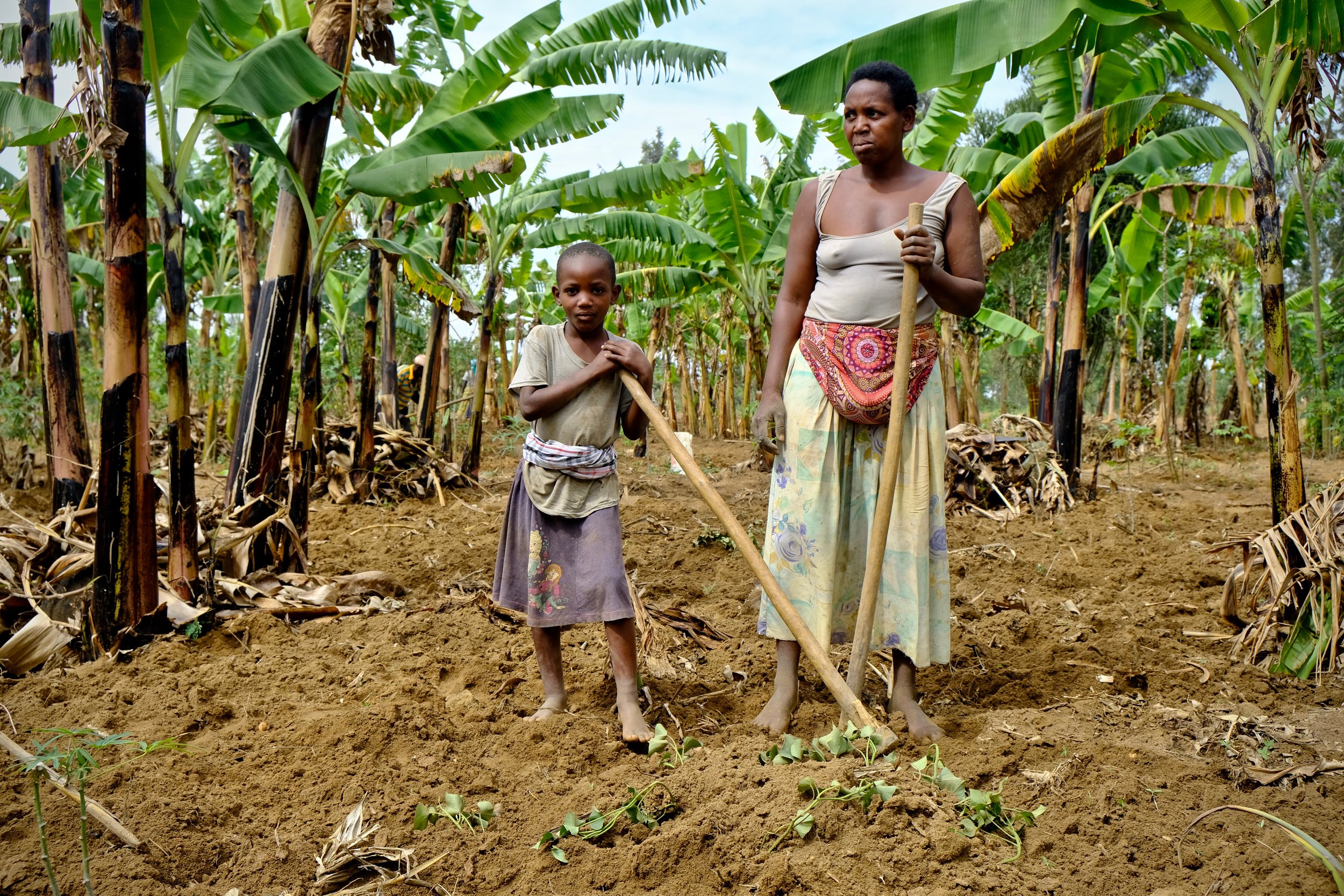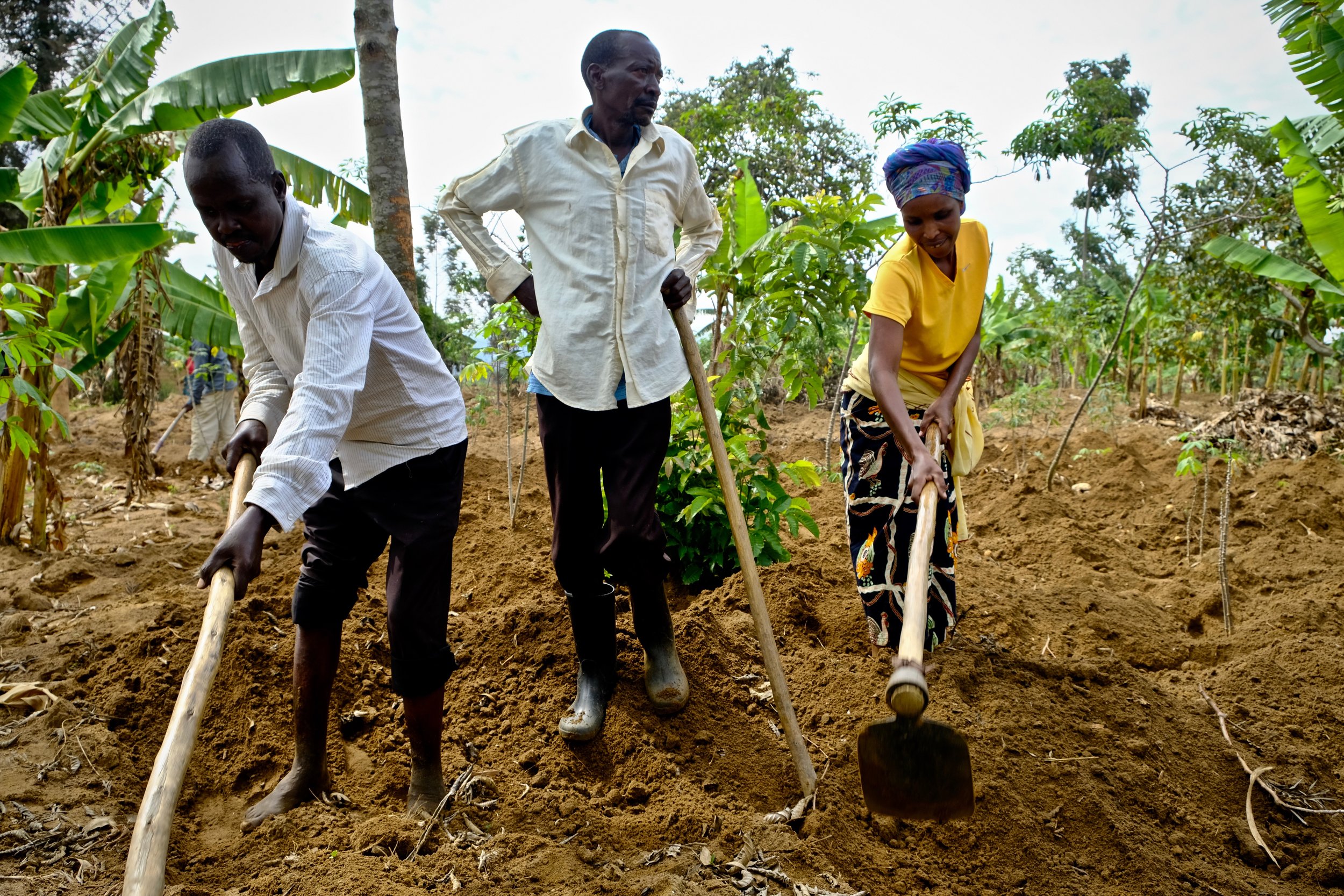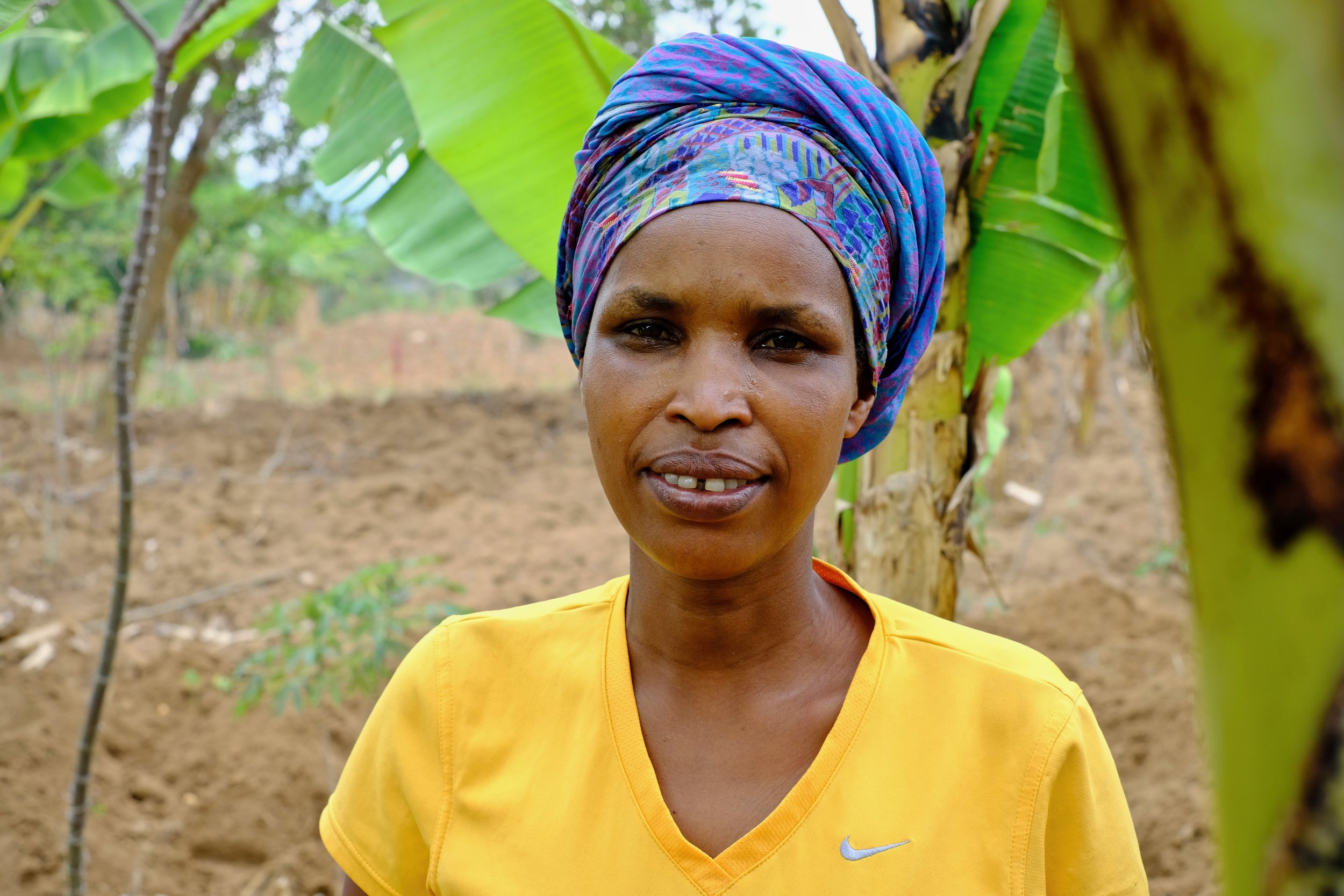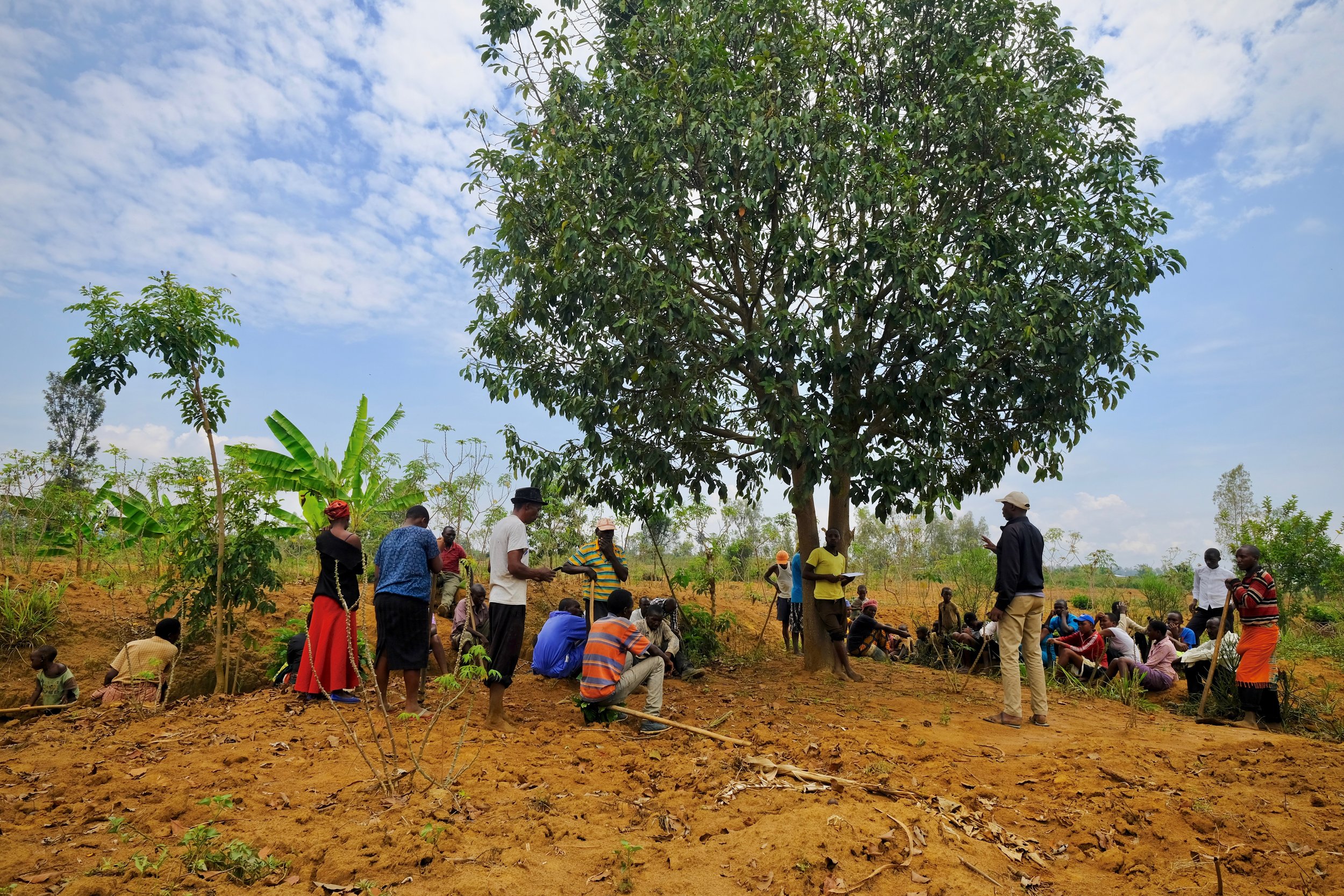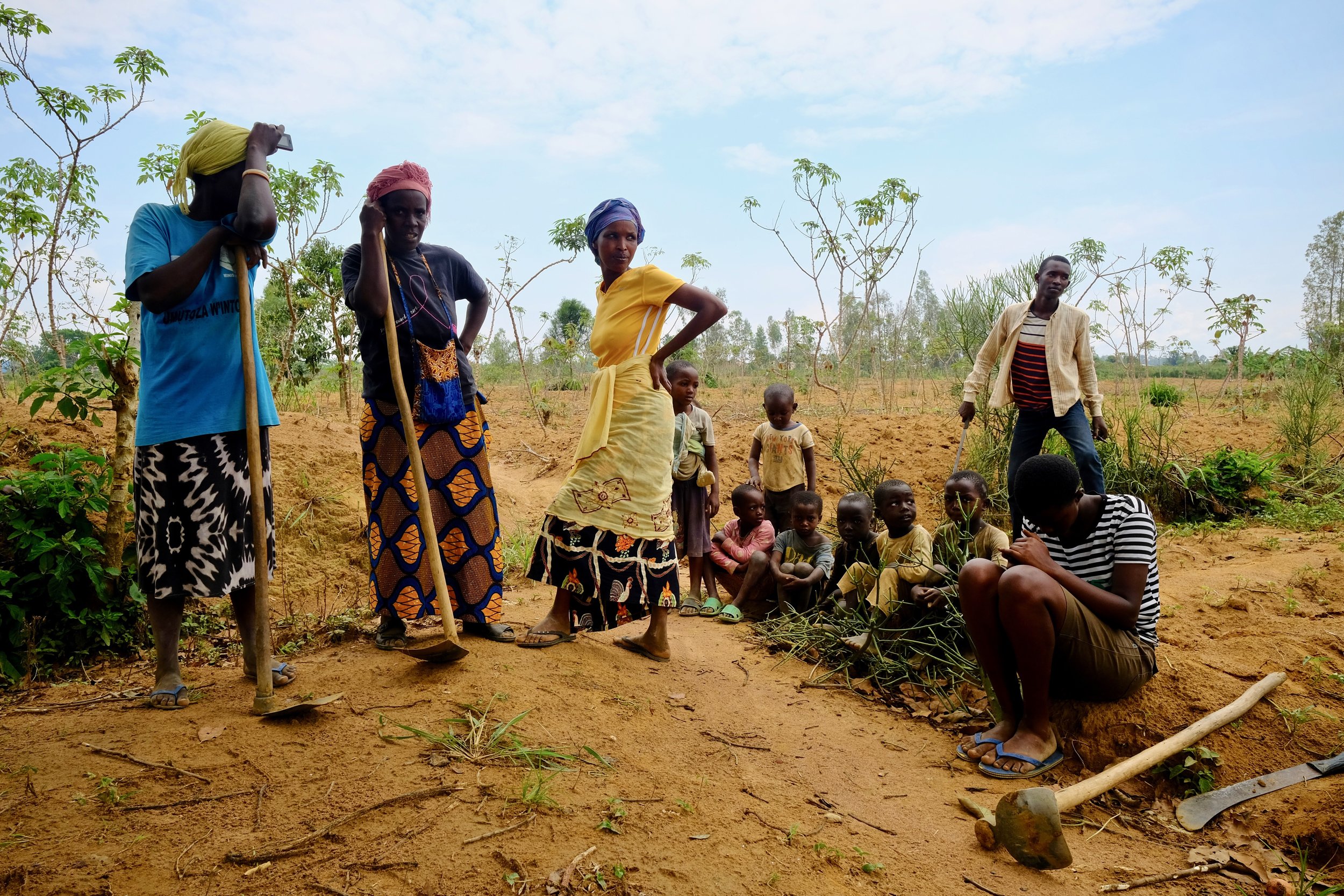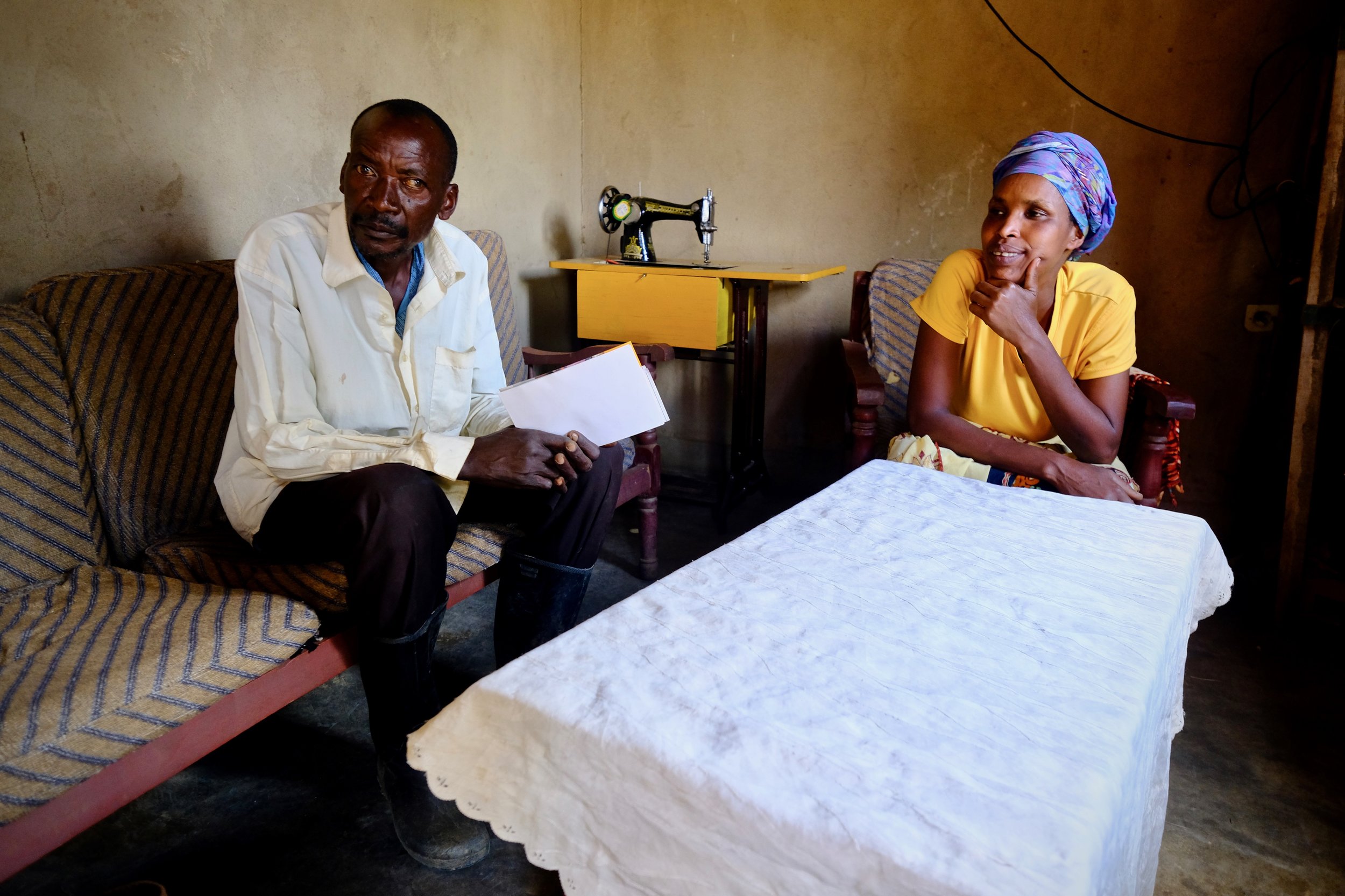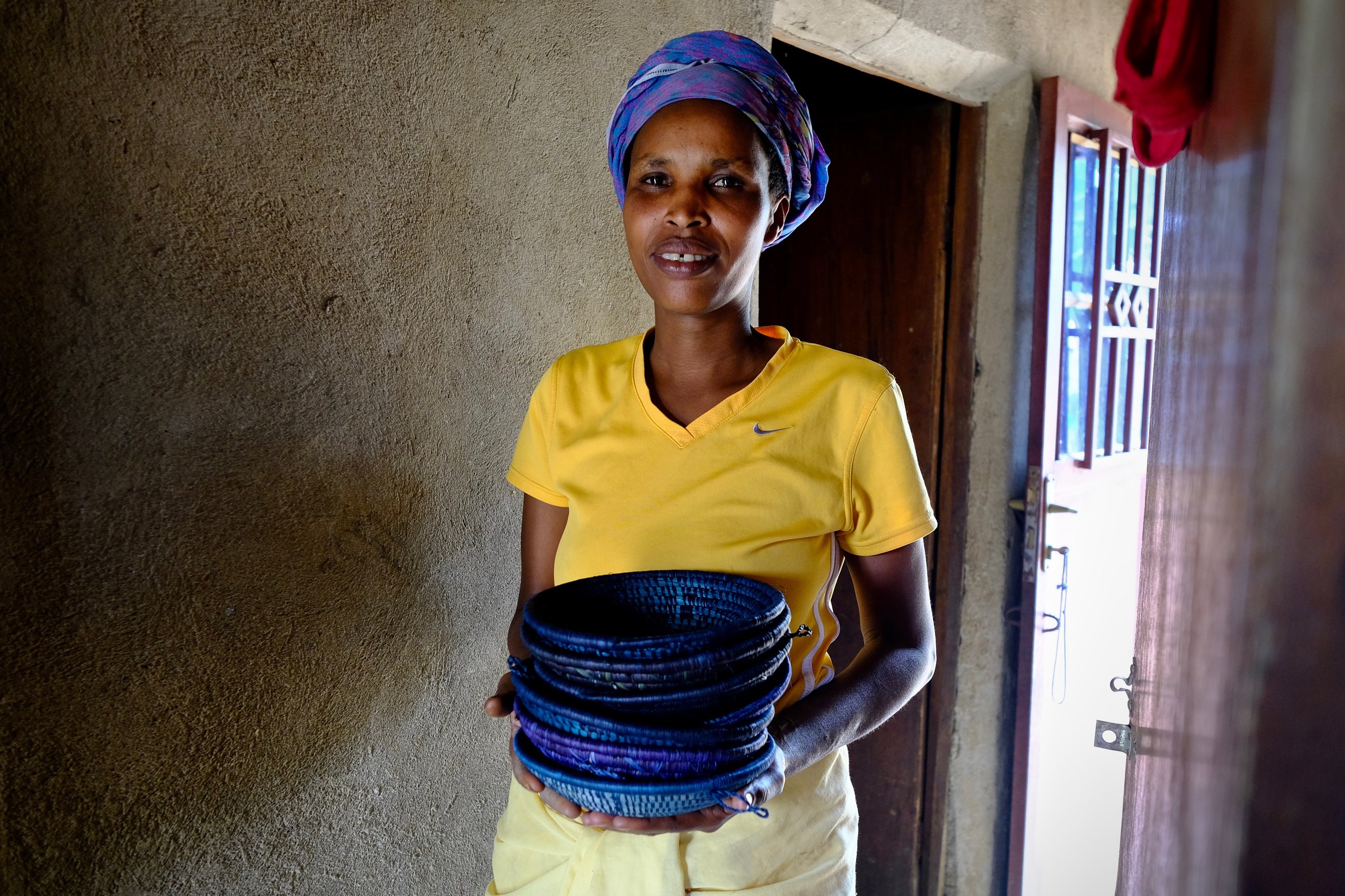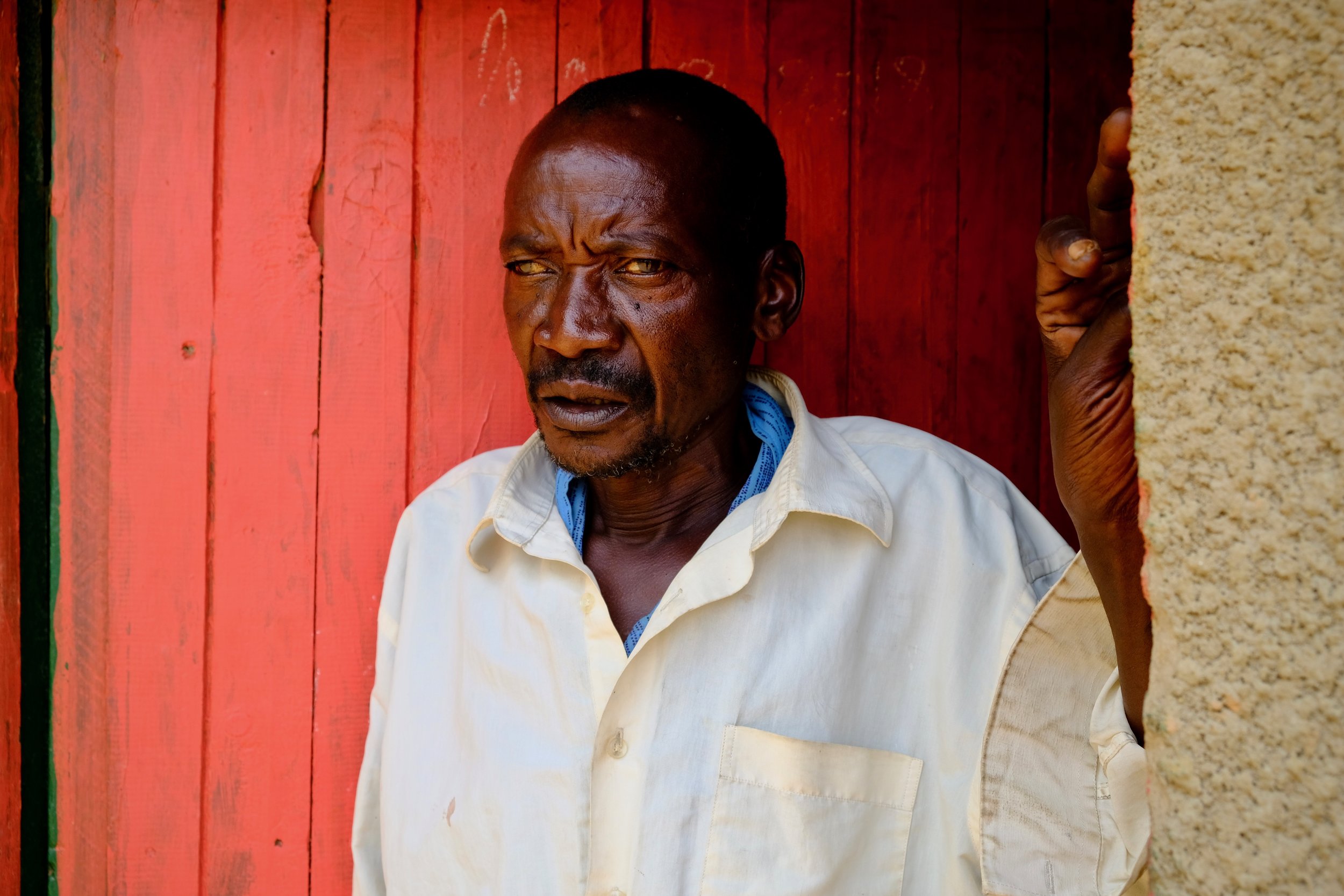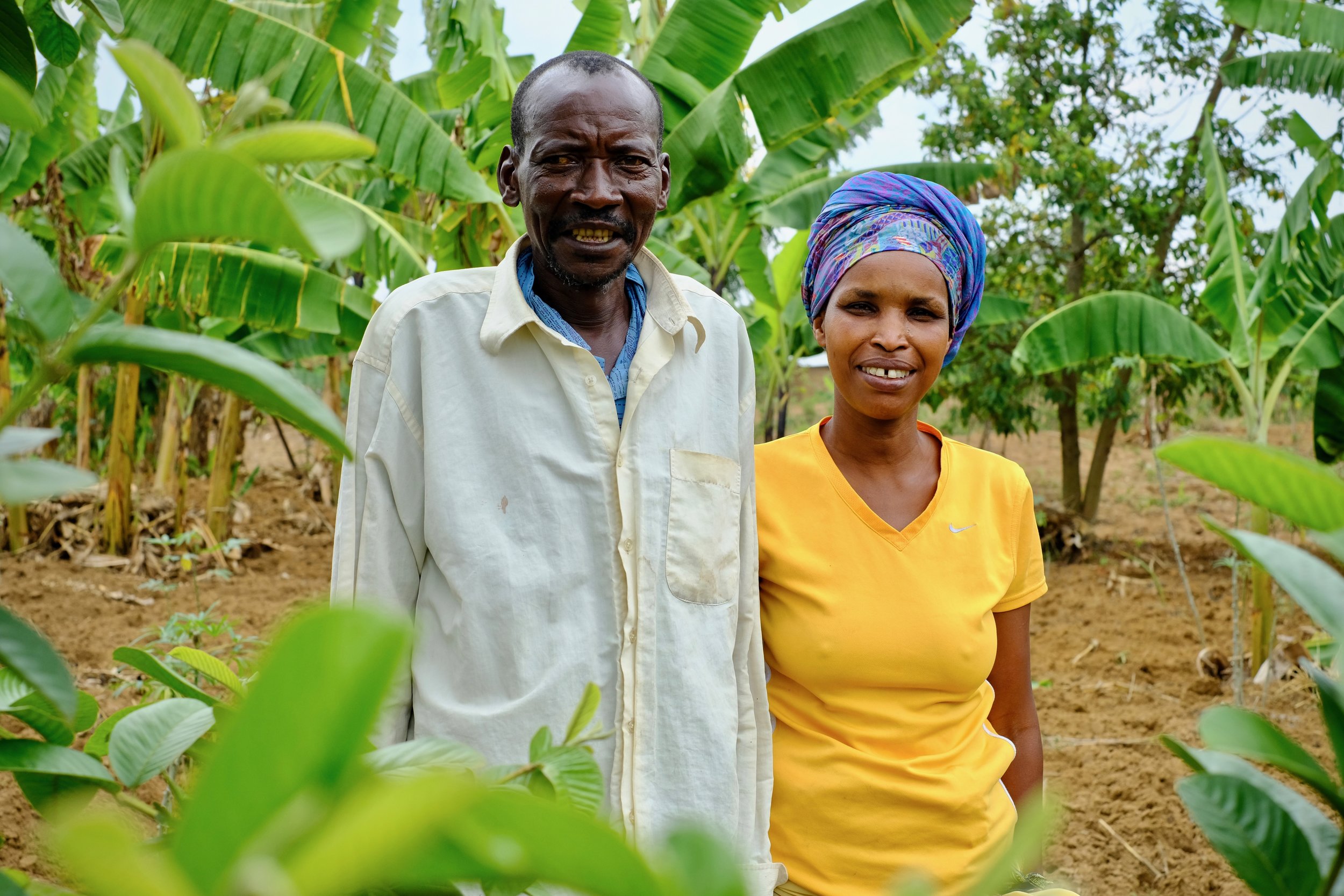Some personal news: from today onwards, I’ll be the new Africa Correspondent of Dutch newspaper de Volkskrant! From Nairobi, Kenya, I’ll be covering stories in West, East and Southern Africa. Next to my work for the newspaper, I will still be available as a freelance photographer. For anything Volkskrant-related, drop me a message at joost.bastmeijer@volkskrant.nl!
Journalism
Controlling the locust invasion in Northern Kenya: new work for El País
A bit more than a year after billions of locusts invaded East Africa, locust hunters have now built a system to beat the ferocious insects that are threatening livelihoods across the region. According to the FAO, the operation can almost be declared as a success.
In Northern Kenya, the Food and Agriculture Organization (FAO) of the UN has teamed up with the private sector, community elders and the Kenyan government to fight desert locusts that came flying from the Arabic peninsula.
In densely populated areas, the locust control operation should be done from the ground, where scouts are spraying pesticides from special backpacks, or from spraying installations built on the back of pickups. But in the vast plains and forests of Northern Kenya, this is not possible. And so surveillance helicopters are deployed from several smaller airfields. The data is then gathered in one large system in the so-called joint operation control center, where experts can decide where the specially equipped spray planes should fly to.
“Last year, we did not have any data,” says Casper Sitemba, FAO representative. “When we started, individuals were making phone calls reporting sightings of locusts. But in this campaign, we have used a lot of technology to address the data gaps that existed before. We have built several applications and through them, we have been able to collect massive amounts of data. Right now, our control effort success rate is almost 86%. We are now able to measure that success — last year, we didn’t even know how many swarms there were and where they were when the invasion stated.”
According to the FAO, the operation in Northern Kenya has been “very successful”. Sitemba: “As of now, we are down to the last few swarms in Kenya. And these are not even really swarms, they are what we call ‘swarmlets’, groups of locusts that have broken away from the larger swarms. They can be 20 to 30 hectares big, where last year we had swarms as big as 3,000 hectares. We are downscaling the operation, as the situation improved manifold, but we remain vigilant as we are approaching the rainy season.”
Read the full piece and check out all photos on the El País website (also in Spanish)!
Interview 'De Buitenlandredactie': life as an Africa Correspondent
For foreign news journalism platform De Buitenlandredactie, Saskia Houttuin and I were interviewed about covering news events (like the elections in Ivory Coast) in Africa.
“During the elections in America you can see that just about any former America correspondent is traveling across the US once more, to make special reports or programmes there. So there are many possibilities to make some good, substantive and in-depth stories there. Why isn't that happening in Africa?
This year there are no fewer than thirteen African countries that hold elections, but in my opinion you read far too little about them in the Dutch media. What is happening in African countries at this moment is incredibly important for the future of a European country like the Netherlands.”
Read the whole interview here.
The New Humanitarian featured my Rwanda story
At least 800.000 people were killed in the genocide that tore Rwanda apart, exactly 25 years ago. Victims were mainly Tutsis and moderate Hutus, often murdered by friends and neighbors, following the outbreak of inter-ethnic violence which lasted 100 days.
Nowadays, in the southern village of Mbyo, survivors and perpetrators live together in a ‘reconciliation village’, established by the non- governmental organisation Prison Fellowship Rwanda. Genocide survivor Jacqueline Mukamana lives next door to Mathias Sendegeya, a genocide perpetrator who killed six of Jacqueline’s family members. Yet, they are friends.
In Mbyo, I photographed and interviewed Mathias and Jacqueline about the events of 25 years ago, and how they have found a way to live next door to each other. That story is published by The New Humanitarian, an online platform that puts quality, independent journalism at the service of the millions of people affected by humanitarian crises around the world. They report from the heart of conflicts and disasters to inform prevention and response.
Kwaheri, we're going to Kenya!
We ended our tenancy & quit our jobs at NPO Radio 1, because on December 3rd, Saskia and I will travel to Nairobi, Kenya! Saskia will be the Africa correspondent for several (Dutch) media outlets, like Bureau Buitenland and RTL Nieuws, and I will be a freelance media maker for companies like Charlie's Travels and MENDO. Although the last weeks before leaving are bitter sweet, I can't wait to be in Kenya's capital. If you aren't following us already, make sure to stay tuned via Instagram and/or Twitter!




